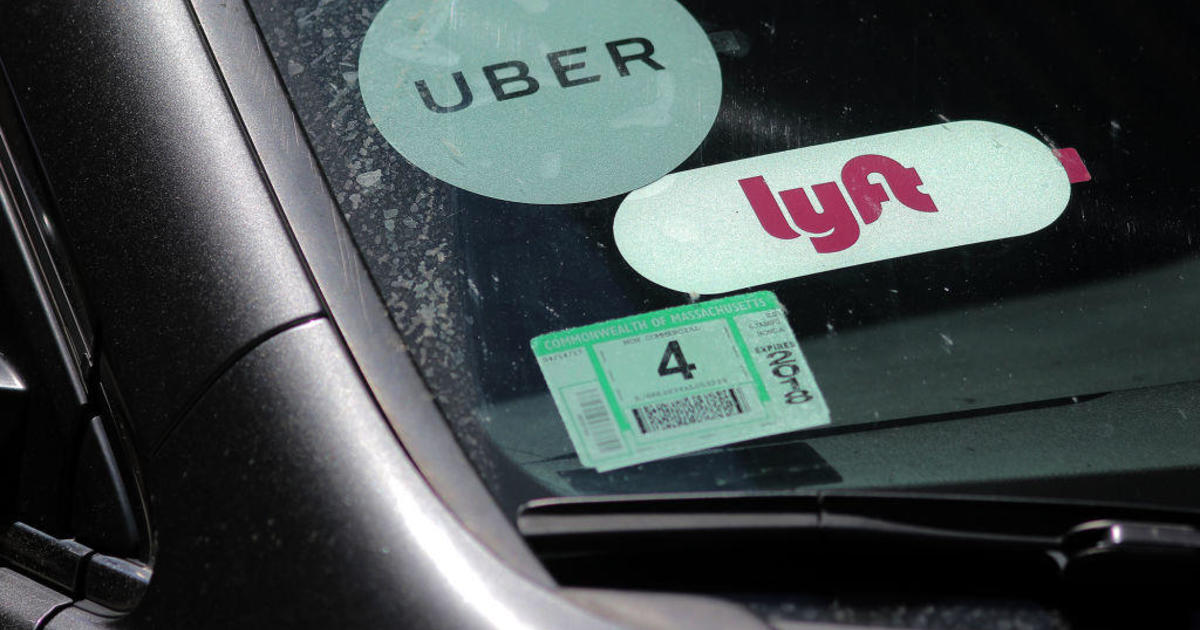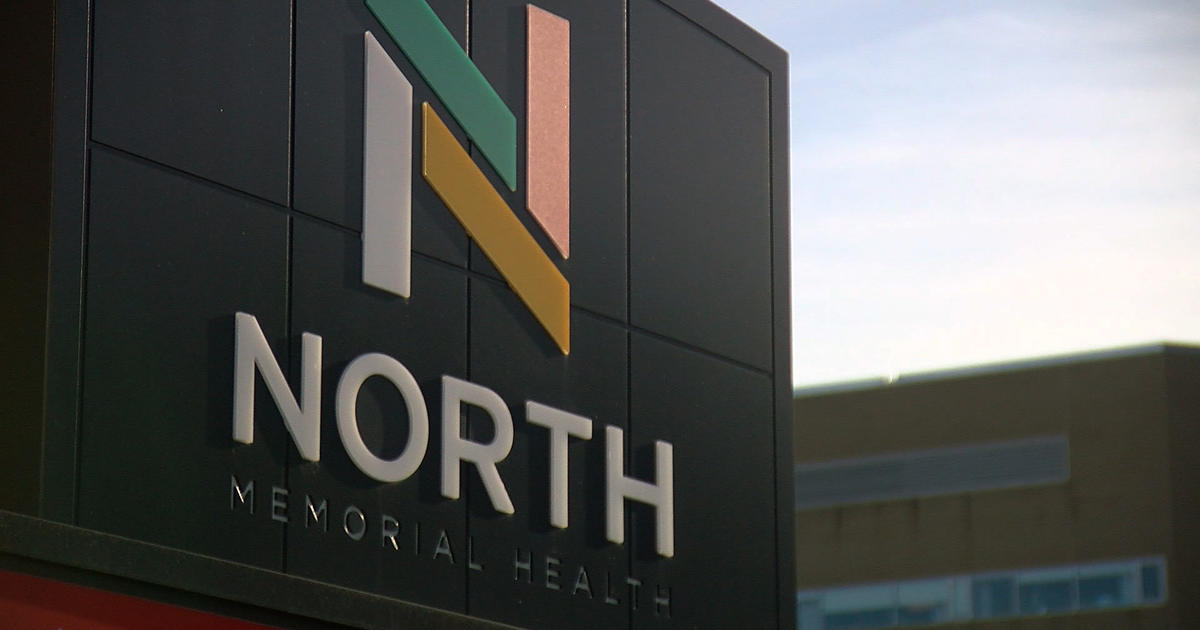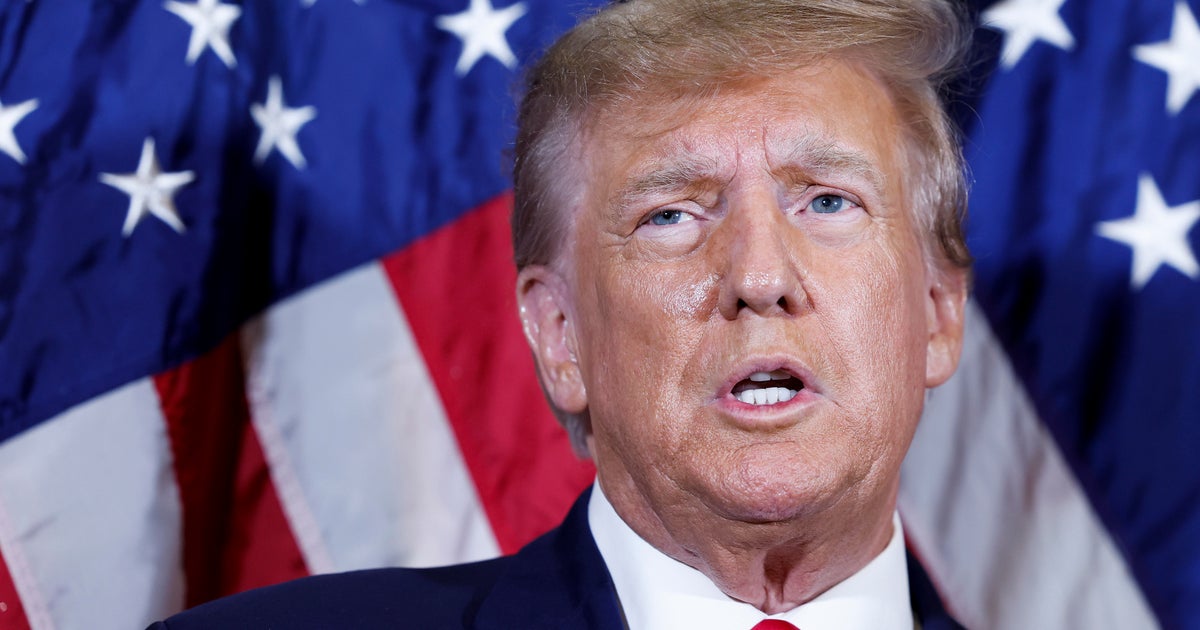Legislative EMS task force discusses solutions to funding services, delivery of care
ST. PAUL, Minn. — A bipartisan legislative task force looking at solutions to problems facing emergency medical services agrees that there are funding gaps for providing that care, but hasn't found a consensus on how to pay for it.
The panel met Friday to discuss feedback from multiple meetings across the state with local communities and EMS leaders. The key issues that endanger the industry's very existence, advocates say, are related to recruitment and retention of workers and low reimbursement rates.
"This isn't a matter of if we fix this – it's a matter of must," said Rep. Natalie Zelezniker, R-Fredenberg Township.
EMS providers can only charge insurance when a person is actually transported by ambulance, even if one shows up to a person's home to respond to a 911 call. Medicaid and Medicare also have non-billable services, resulting in financial losses, according to the Minnesota Emergency Medical Services Regulatory Board.
And nearly 65% of the EMTs leaving the profession are under 40, the board said. Many cite low pay as a reason.
Members of the task force said the state should find a way to reimburse for the actual costs for providing emergency care. Some suggested raising local taxes, while Rep. Jeff Backer, a Republican from Browns Valley, proposed using a share of new revenue from future legal marijuana sales.
The group will submit a report to the legislature in August with recommendations, but some proposals will likely come forward this session, including one from Rep. John Huot, DFL-Rosemount, who has been an EMT for 30 years. He wants to shift the Emergency Medical Services Regulatory Board–which has faced scrutiny for its oversight of the system—to a commission or department under the purview of the governor.
The state is divided into eight different EMS regions and the board distributes grant funding to assist with services.
"We're seeing our locals come to us and say,, 'we want local control.' EMS is a different buck," Huot said. "What is local control? If we let one town do what it wants and another town do what it want–we all depend on each other to work together and the only way that happens is through a state function or an arm of the state that makes that happen."
Sen. Judy Seeberger, Huot's co-chair and a paramedic, wants to create "innovaton zones" to test different ways to provide care in communities. She proposes implementing a "sprint medic model" model in these places, where a paramedic would dispatch before an ambulance would come, since some calls aren't actually emergencies that would require transport to a hospital—the way an ambulance service gets paid.
"They can assess the patient and if they need primary care or doesn't need a transport, [the paramedic] can cancel the service and hopefully take some of the burden off of what services are seeing on the Range and in other areas," she said.
She believes this way Minnesotans would get the care they need while allowing ambulance services to focus on the calls that are the "E in EMS."
Separately, in order to boost the paramedic ranks, the legislature last year approved funding for $5,000 scholarships to cover the costs of training programs Minnesotans need to pass in order to join the profession.




